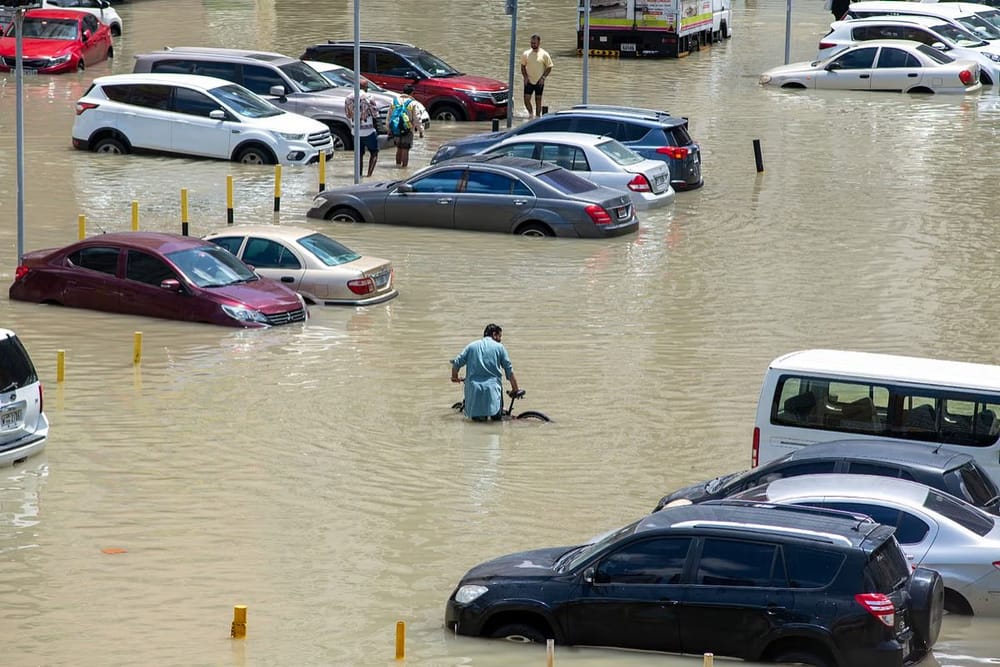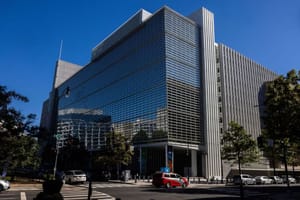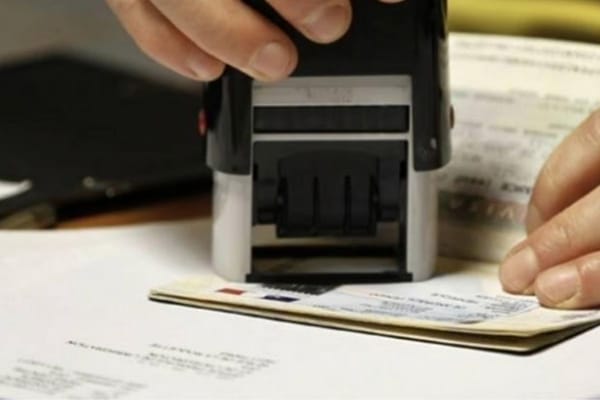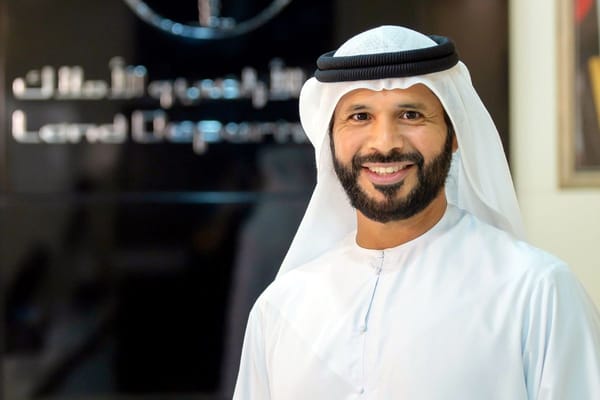A year ago, the UAE was hit by one of its most dramatic weather events in recent memory—record-breaking rainfall that flooded streets, immobilised cars, and left thousands seeking help.
While the nation rebounded swiftly, thanks to rapid response from authorities and community collaboration, the floods left a lasting mark on one key sector: insurance.
The aftermath of the floods became a watershed moment for the industry, revealing a stark reality—extreme weather is no longer a rare occurrence, and insurance policies must evolve to keep pace.
“The April floods were one of the most unpredictable and unprecedented climate events in recent UAE history,”
said Anas Mistareehi, CEO of eSanad.
“We estimate over 100,000 claims were filed across the industry, covering motor, property, and commercial.”
Motor insurance took the biggest hit, with submerged, stalled, and flood-damaged cars accounting for the majority of claims. According to industry figures, total insured losses topped Dh4 billion, with the highest impact seen in Dubai, Sharjah, and Ajman.
“The most frequently reported damages included engine failures, electrical malfunctions, and brake issues,”
said Toshita Chauhan, Business Head of Motor Insurance at Policybazaar.ae.
Despite the overwhelming number of claims—equivalent to six to nine months’ worth being filed in a matter of weeks—the industry responded efficiently. Insurers launched dedicated teams, fast-tracked evaluations, and managed to settle most claims within three months.
A Turning Point for the Sector
The floods served as a wake-up call for insurers, prompting a swift shift in policy design and coverage offerings.
“Many insurers have now updated their policies to include climate-related threats as standard or optional coverage,”
Mistareehi explained.
“This includes weather-related protection add-ons, enhanced motor features, and business interruption coverage.”
Demand for comprehensive coverage surged. Consumers are now far more aware of their vulnerabilities and are actively seeking protections against natural calamities and unforeseen disruptions.
“Now, most insurance policies have options to cover climate-related damage,”
Mistareehi added.
“It’s no longer just about the basics.”
Price Adjustments and Stabilisation
Following the floods, premium prices saw a steep rise—particularly for high-risk categories like electric vehicles (EVs).
“On average, motor insurance premiums rose by 25 to 30 per cent, while high-risk vehicles saw increases of up to 100 per cent,”
said Chauhan.
While the hikes were sharp, industry leaders agree they were necessary to realign pricing with actual risk. Today, premium rates have largely stabilised, with no further drastic changes expected unless another major event occurs.
“The pricing now reflects the real risk environment, and products are becoming more personalised and data-driven,”
Chauhan said.
Spotlight on Electric Vehicles
As the adoption of EVs rises across the UAE, insurers are adapting. EV insurance remains costlier due to expensive batteries and specialised repairs, but tailored plans are starting to emerge.
“EV owners should ensure their policies specifically cover battery replacement and related components,”
Chauhan advised.
Why Comprehensive Still Counts
Despite continued investment in flood-control infrastructure, experts say comprehensive insurance remains essential.
“Floods are just one aspect. Comprehensive coverage protects against a wide range of risks—accidents, theft, fire, and more,”
said Chauhan.
“It’s a necessary safeguard in today’s unpredictable climate.”
Smarter Insurance, Lower Premiums
With higher premiums still a concern for many, experts recommend practical ways for motorists to keep costs manageable:
- Maintain a clean driving record
- Consider higher deductibles if financially feasible
- Bundle policies for discounts
- Compare quotes across insurers
- Always buy from licensed, regulated providers
“The key is to stay informed and proactive,”
Chauhan said.
“When consumers understand their coverage, they are better equipped to navigate a changing insurance landscape.”
As climate events reshape consumer behaviour and industry standards alike, one thing is clear: the UAE’s insurance sector isn’t just adapting—it’s evolving.
News Source: Khaleej Times









